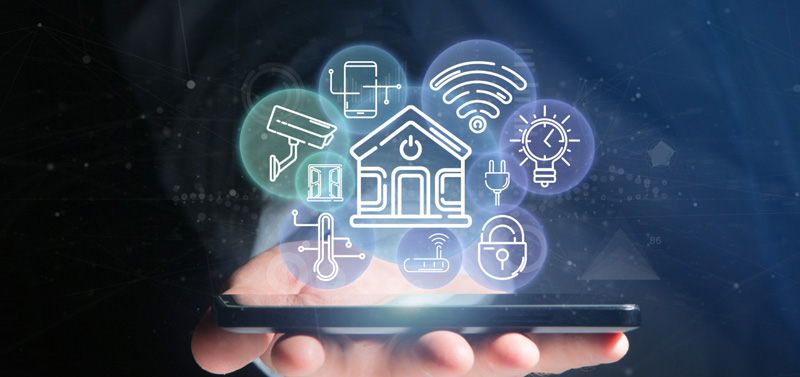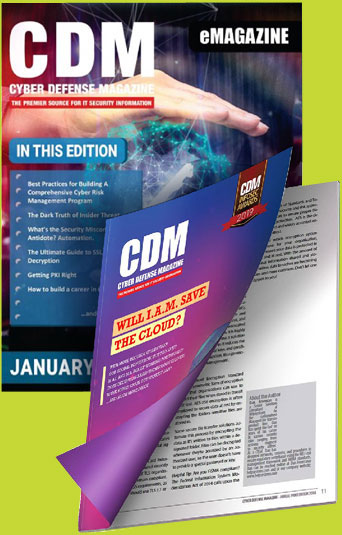SOME CURRENT TENDECIES
By Milica D. Djekic
The telecommunication systems have been developing through the last few decades. With computes, web and satellite technologies those solutions belong to cyber. It seems any ongoing grid providing some data exchange service is vulnerable to cybercrime operations. The Internet of Things is a recent paradigm that suggests objects are interconnected with each one using the internet communications. The web communication goes via TCP/IP protocol and as well-known there are a certain set of tools, techniques and methodologies to remotely access such an asset and affect its safety and security. What the Internet of Things does is a peering of the devices and maintaining their talk applying the internet signal. The Internet of Things is a product of the 4th industrial revolution and it covers some digital transformation endeavors. The internet service has suitable pricing and it is available over the globe. It’s estimated that there are the billions of the web connections worldwide. On the other hand, the internet is a critical infrastructure as it is from a vital importance for the life of some nation or its country. In other words, any discontinuity in providing the internet service anywhere in the world could be assumed as a catastrophical event to many. The main reason why we have made that shift from wired to wireless systems was a packaging issue. It’s quite inconvenient dealing with a plenty of wirings and put it into a limited place. Also, metals serving to manufacture the wirings are with the insufficient reserves, so it’s obvious why, say, a decade or two back such sorts of the researches have started. The engineering community over the world is so ingenious and always looks for new ways, so someone spending the entire career doing such investigations in the lab could see as a next phase in development and deployment the application of the web connectivity for linking devices in order to make them talk to each other.
From a current point of view, the Internet of Things is promising technology, but the ultimate concern with so is it can be hacked like anything else in the world. The human society has learned to cope with the threat, but no one needs new and new technologies that will show some weaknesses once they become approachable on the commercial marketplace. At this stage, many can ask why no one has thought about the impacts of such a progress once the decision makers approved funds for those proposals. It appears the mankind has gotten one more lesson to learn. The flaws are something so normal in the modern era and it takes time to repair all those mistakes. Apparently, we have developed the new technology, adopted the entire infrastructure and then realized it’s with some kind of drawback. The engineering meetings serve to discuss all pluses and minuses of the project, but it seems the consumers always make a final word. Indeed, every Internet of Things solution can collapse in its functioning if there is no web connectivity to drive its work. It seems the web signal is a driving force to any Internet of Things network and someone from another side of the law and with obviously sharp mind will figure out so. Maybe the modern cyber criminals are not with the strategic mental capacities, but they obviously cope with some level of the brightness. No matter how many years some scientist has invested into his dedicated work – even the kiddo can see the vulnerabilities of what he has made. Would that mean anyone of us is stupid? Of course, no! We will chronically be on the side of the science, but with some remark. It’s all about the good organization of the work, as well as adoption of the multi-disciplinary approach to scientific explorations. Essentially, safety and security should be those which will not only order some project to be done, but also define its initial requirements insisting to get what they wanted as an outcome. If does not work as suggested it needs to be redeveloped and redeployed.
The Internet of Things is something yet novel and time will show how suitable or inconvenient it was. Sometimes we can believe that the progress goes in a totally crazy direction and we are just trying to get stuffs in darkness, but in the next moment we can see the light and recognize the purpose of all those things we did not understand at the beginning or in some phase of our search. From this perspective, it will be a long journey to the entire civilization, but sooner or later we will get somewhere and where – the future will say.
About the Author
Milica D. Djekic is an Independent Researcher from Subotica, the Republic of Serbia (Europe). She received her engineering background from the Faculty of Mechanical Engineering, University of Belgrade. She writes for some domestic and overseas presses and she is also the author of the book “The Internet of Things: Concept, Applications and Security” and “The Insider’s Threats: Operational, Tactical and Strategic Perspective” being published in 2017 and 2021 respectively with the Lambert Academic Publishing. Milica is also a speaker with the BrightTALK expert’s channel and Cyber Security Summit Europe being held in 2016 as well as CyberCentral Summit 2019 being one of the most exclusive cyber defense events in Europe. She is the member of an ASIS International since 2017 and contributor to the Cyber Defense Magazine since 2014 and the Australian Cyber Security Magazine since 2018. Milica’s research efforts are recognized with Computer Emergency Response Team for the European Union (CERT-EU), Censys Press, BU-CERT UK and EASA European Centre for Cybersecurity in Aviation (ECCSA). Her fields of interests are cyber defense, technology and business. Milica is a person with disability.


